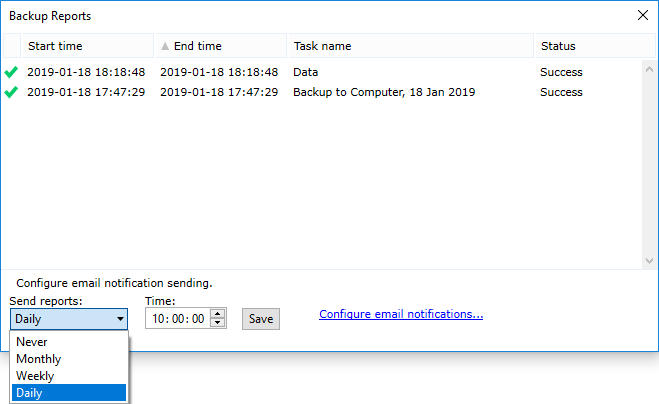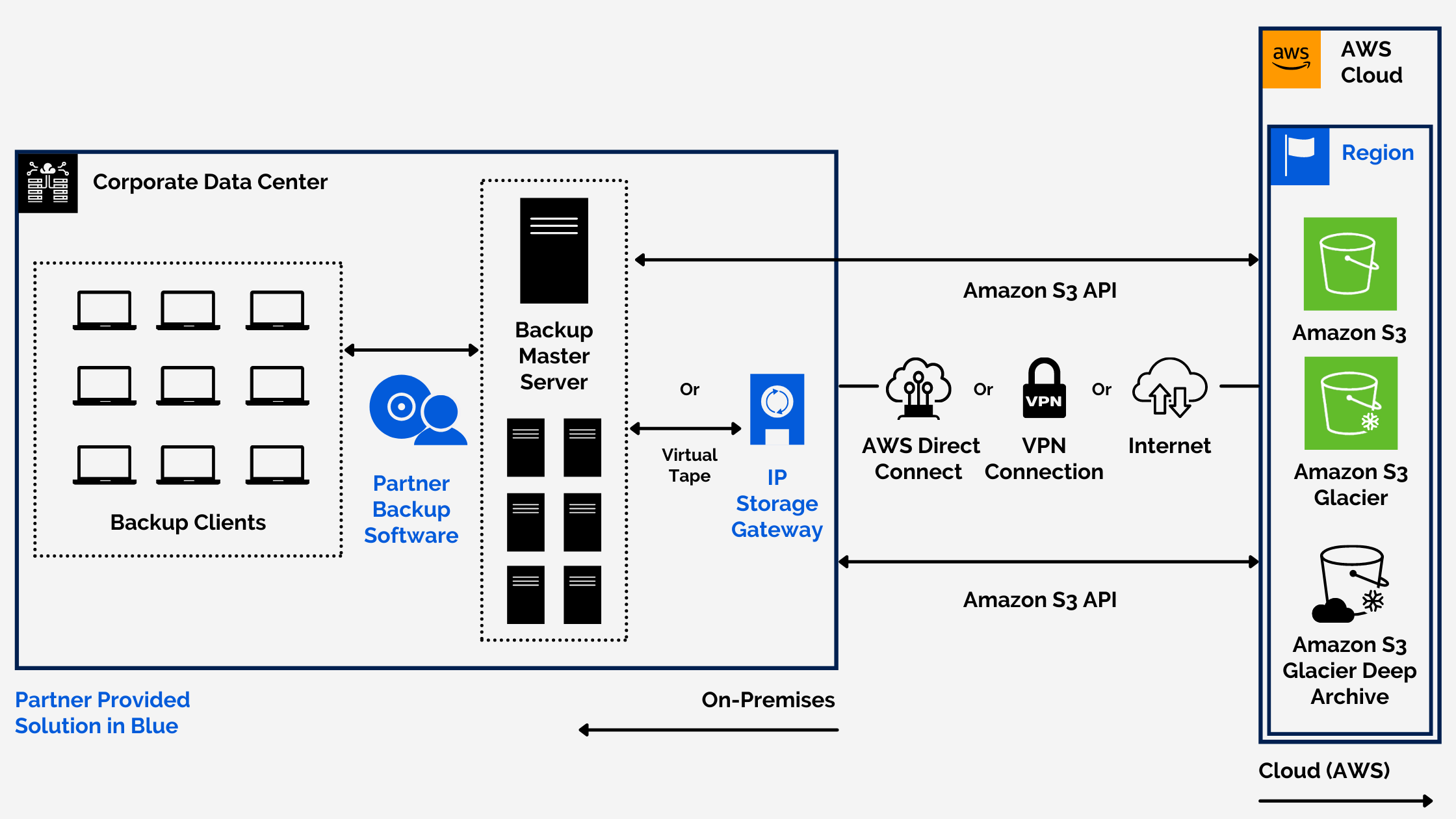
Note that this argument is needed only when a stream is being uploaded to s3 and the size is larger than 5GB. –expected-size (string) This argument specifies the expected size of a stream in terms of bytes. choose an appropriate storage class in accordance with the S3 performance chartĪs an example refer to the aws s3 cp help page:.multipart upload recommended for objects larger than 100MB.The AWS S3 CLI toolkit provides all the tools needed for transferring data in and out of the S3 storage, so why not use those tools? The answer lies in the Amazon S3 implementation details which include measures for handling the limitations and constraints related to object storage:

only outbound network traffic is billable.low costs (even lower when combined with BitTorrent).Why Amazon S3Īs pointed out throughout the Amazon S3 documentation ( S3 FAQs being a very good starting point) the advantages of using the S3 service are:

But how? And what has changed in that time? While s3cmd is still referenced by some in the context of known PostgreSQL backup tools, the methods have seen changes allowing for better integration with either the filesystem or PostgreSQL native backup options in order to achieve the desired recovery objectives RTO and RPO. It is then safe to say that some of the PostgreSQL DBAs have been backing up data to AWS S3 for as long as 9 years. By 2010 (according to my Google search skills) Open BI blogs about it.

Amazon released S3 in early 2006 and the first tool enabling PostgreSQL backup scripts to upload data in the cloud - s3cmd - was born just shy of a year later.


 0 kommentar(er)
0 kommentar(er)
